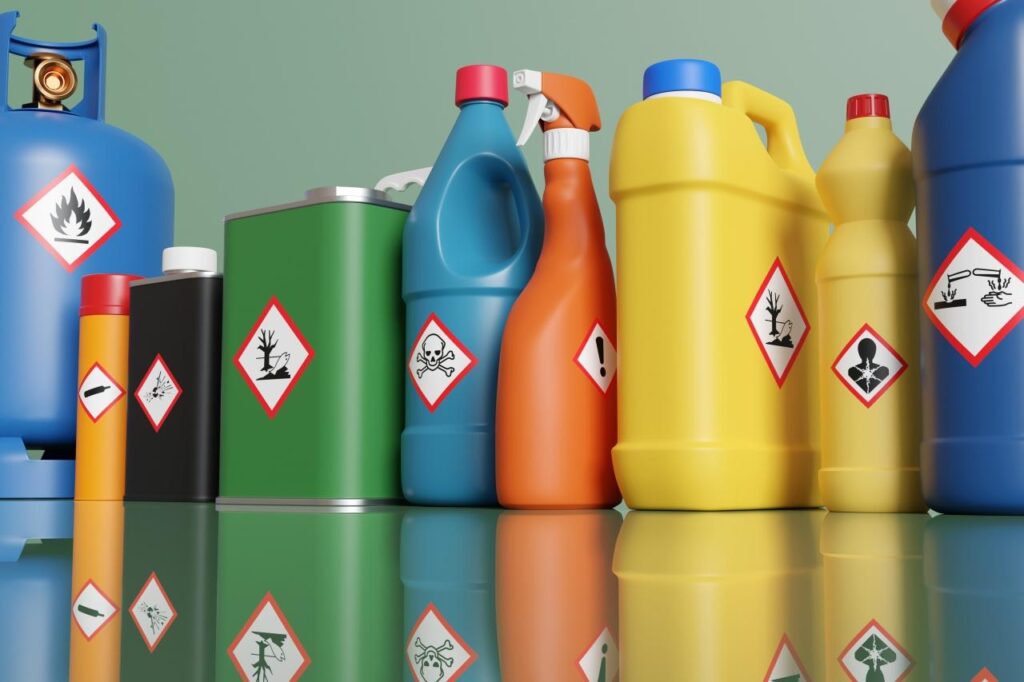Over the last few decades, supply chains have evolved to become highly globalized, delivering an unprecedented array of products and services to businesses and consumers worldwide. This evolution was fostered by an amiable environment of steadily falling trade barriers and increased global integration.
However, a series of historic shocks has revealed both the strengths and vulnerabilities of these interconnected systems, putting their structure and fragility top of mind for leaders everywhere. In this article, we’ll unpack specifically why organizations need in-depth, granular visibility into their supply chains to navigate this new world of change and complexity.
FOR MORE CONTEXT
An unprecedented business landscape
The COVID-19 pandemic, intensifying geopolitical tensions, macroeconomic pressures, the war in Ukraine, climate change, and other societal challenges have wreaked havoc on companies, disrupting supply, causing rapid shifts in demand, and exposing unexpected constraints. These disruptions have led to bottlenecks in production, widespread shortages, and new challenges for resilience and adaptability.
The 2020s have arguably been the most difficult decade for supply chains in modern history due to this confluence of factors. The pandemic caused labor shortages, transport disruptions, and demand-supply mismatches, while geopolitical instability such as U.S.-China trade tensions and the Ukraine conflict further complicated global operations.
Simultaneously, climate change and extreme weather events disrupted production and logistics networks, while evolving consumer expectations for sustainability and transparency added pressure. To compound these challenges, a new regulatory era mandating strict compliance with supply chain legislation has introduced an additional layer of risk.
As organizations navigate this turbulent landscape, the need for agile, resilient, and compliant supply chain strategies has never been more critical, and visibility plays a crucial role.
WHAT YOU NEED TO KNOW
The price of supply chain blind spots
Simply put, the modern era of market volatility, international trade and sustainability expectations requires exceptionally detailed tracking and supplier insights to maintain resilience. However, many businesses still struggle with this task. According to a McKinsey survey, a stunning 45% of respondents lack either upstream supply chain visibility or insight into suppliers beyond the first tier.
The costs of shallow insights and supply chain information gaps are steep. And they don’t stop at the reputational and monetary damage associated with failing to comply with high reporting standards and pass increasing regulatory scrutiny.
When businesses lack a holistic view of supply chains, and their supplier data fails to account for tier two+, potential risks and shortages can escape notice. For example, if many tier-one suppliers rely on just one or two tier-two suppliers for critical materials, procurement leaders may not have the information to spot this bottleneck, develop contingency plans and take proactive action. The result increases the risk of delayed shipments, hurts business continuity and lowers profits.
Procurement and supply chain teams can quickly fall into a pattern of chasing disruptions and patching transportation or materials gaps, all while annual EBITDA results plummet and customers lose patience with the brand — especially when deliveries concern time-sensitive shipments.
THE BENEFITS
What happens when you can see every mile
As volatility rises, customized reporting, sub-tier insights and actionable feedback make or break the strategies underpinning long-term resilience. Uncanny visibility doesn’t just keep procurement and supply chain teams in the loop, it translates to direct business benefits.
Software that captures all supply chain details down to the furthest sub-tier empowers procurement teams to build a holistic picture of supply chain activities and make data-driven decisions to achieve their goals. Software offering features like enhanced forecasting, easier collaboration, insightful supplier analysis and transparent improvement areas yields powerful benefits for organizations:
- Strengthen supplier relationships: Technology that automates data management and eases information-sharing allows businesses to better identify and engage with quality suppliers. Likewise, it provides suppliers with an incentive to collaborate and strengthen relationships with tech-forward buyers. With centralized technology housing a wealth of supply chain insights, all stakeholders — from suppliers to procurement teams to senior leadership — stay on the same page, continuously sharing feedback and refining processes for greater resilience as they scale.
- Anticipate bottlenecks and implement strategic improvements: Early insight into all sub-tier suppliers and supply chain weaknesses allows businesses to identify risks and critical dependencies before they manifest into shortages and delays. The result is better planning, fewer disruptions, faster reaction times, and an enhanced competitive advantage.
- Ease compliance: Evolving Scope 3 reporting standards now demand an unprecedented level of transparency into all value chain emissions and downstream activities. Technology that puts accurate, in-depth supplier and emissions data at a business’s fingertips saves time and reduces the costs associated with noncompliance.
HOW SPHERA CAN HELP
Sphera technology dives deeper
Sphera’s Supply Chain Transparency (SCT) solution combines the best of Supply Chain Sustainability software with Supply Chain Risk Management capabilities to provide unprecedented precision, datasets and automation. With product and facility-level data encompassing emissions and materiality assessments, supply chain managers and procurement teams can tap into enhanced supply chain mapping, advanced risk management tools, tailored supplier recommendations and beyond — all in one platform.
In Sphera’s suite of solutions, SCT goes deeper into Scope 3 data collection to help meet decarbonization goals:
- Data granularity: Focus on companies, facilities or products for high quality supplier specific GHG data.
- Customizable supplier assessments: Flexible and standard approaches to meet you and your suppliers where you are.
- In-house Scope 3 emissions calculations: Embedded calculation methodologies with world class emission factors
- Detailed insights and actionable feedback: Automated action plans, engagement tools, and calculators for suppliers who haven’t calculated emissions.
WHAT HAPPENS NEXT
Understand, optimize, and reinforce global supply chains
Executing a resilient supply chain strategy means diving headfirst into the nitty-gritty of data collection, supplier assessments and performance tracking. But it doesn’t have to be an overwhelming process. Through automated insights into sustainability progress and risk management, Sphera’s Supply Chain Transparency tools give organizations the supply chain visibility and supplier engagement solutions they need to anticipate disruptions, take proactive action to keep business moving and leave no stone unturned.
Take on the new resilience challenge with confidence. See how Supply Chain Transparency can help your business tap into vital supply chain insights.





